All About Eve is Cinderella steeped in acid rather than sugar. Eve, or Cinders, is a wannabe star who uses a powerful theatre critic (the Buttons character) to help her win fame by overcoming two Ugly Sisters represented by a movie goddess, Margo Channing, and her film-director boyfriend. This fairytale was filmed in 1950 with Bette Davis as Margo and it remains a widely loved classic. Ivo van Hove’s version is torn between the 1950s and the present day. Result: a mystery.
Margo is clearly being stalked by Eve but instead of referring the poor girl to a psychiatrist, she hires her as an understudy. Somewhat rash! Margo seems oddly dependent on her looks for work. She never considers directing or producing her own scripts, and she regards television as a loser’s graveyard. And yet, even more curiously, the play is presented like a reality TV show being recorded in a studio. Van Hove uses two Steadicams to film the action backstage, which is then beamed to the audience on a vast screen over the playing area.
This dual approach seems amateurishly naive. The main performers are shrunk to tiny chess pieces while big close-ups of other cast members render their attempts to act irrelevant. Compounding the muddle, there are two rehearsal spaces in view where random characters mooch and stray. What a mess. Had I financed this show, I’d have asked Van Hove to start again and make it intelligible. His blunder is easy to spot: by asking the audience to study several areas of the stage at once he sabotages their interest altogether.
The starry cast is led by Gillian Anderson whose remote, statuesque beauty makes her an ideal Margo. And she invests this cheerless, prickly character with all the stone-dead hauteur she can muster. Which is lots. Perhaps her diction could do with a bit more zing and sparkle. At times she sounds like Glenn Close waking up. Lily James (Eve) has little to work with. Her character is just a paler, younger version of Margo — callow, scheming and narcissistic — but she lacks Margo’s gift for snippy insults. The other characters are even less likeable. We meet a critic’s petulant girlfriend, a boringly successful playwright, a rich but depressive impresario, a preening film director. Their sheer nastiness is unrelenting. The exception is the suave and acerbic reviewer, Addison DeWitt (Stanley Townsend, wonderfully charming), who seems a genial soul until he reveals a grubby personal side. The final scenes between DeWitt and Eve are gripping to watch because the script bursts viciously into life and because the director wisely abandons his multimedia trickery and lets the actors flourish unencumbered.
Like all dramatists, Arthur Miller didn’t complete every script he began. He once attempted a comedy version of Oedipus Rex. ‘Jesus, what a situation,’ he had Oedipus saying to Jocasta. ‘We’d better ask the doctor if it’s going to affect the children.’ That masterpiece was never produced. His 1980 play, The American Clock, feels like a clutch of abandoned scripts patched together into a messy whole, perhaps to fob off bothersome Broadway producers.
The theme is the Depression and the play trampolines all over the place. We move between New York, Louisiana and the mid-west and we meet a huge range of characters from ruined millionaires to immigrant paupers, from Dust Bowl hicks to struggling black entrepreneurs. Because Miller can’t decide which story to focus on, the script has no contours or landmarks to guide the baffled viewer forward. Everything is shapeless. After 150 minutes I thought the curtain was about to drop but a further half-hour remained. At one point the narrator admits that he can’t explain how America survived the 1930s. That sounds like Miller shouting ‘Abandon script!’ to himself.
And the production hasn’t the resources to realise its ambitions. The cast list includes 50 characters but the company has only 18 thesps. Most play two or three roles, and some have six or seven parts to perform. It’s like watching a rugby match with every team member in a different kit. Worse still the director, Rachel Chavkin, uses multiracial casting which overlooks the facts of biological kinship and renders some of the family structures indecipherable. The audience, of course, knows that America is about to enter a golden age in the 1950s, so the characters’ gloom and anxiety are tedious to watch. Even their wrong-headed attempts at prophecy fail to entertain. ‘Doan s’pose that Ay-dolf Hitler goan last morn six munts,’ observes one sage.
The Old Vic’s director, Matthew Warchus, likes to salvage unregarded dramas and to give them the full Wagnerian treatment. I’m afraid that this three-hour epic is the worst Arthur Miller play I’ve ever seen. But if Warchus and his sleuths could unearth the Oedipus script they might have a hit on their hands.
Got something to add? Join the discussion and comment below.
Get 10 issues for just $10
Subscribe to The Spectator Australia today for the next 10 magazine issues, plus full online access, for just $10.
You might disagree with half of it, but you’ll enjoy reading all of it. Try your first month for free, then just $2 a week for the remainder of your first year.

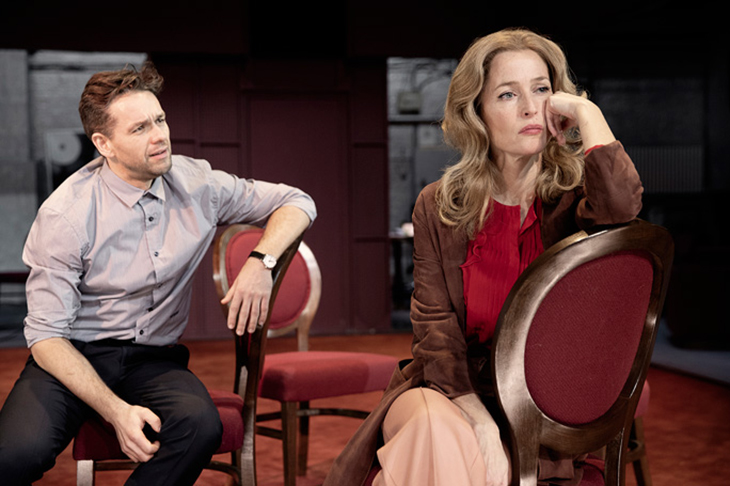
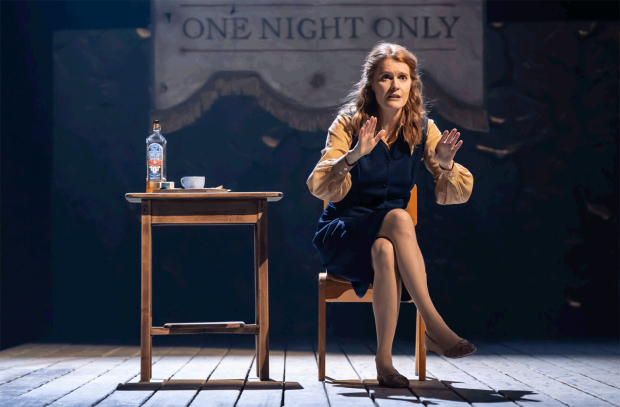
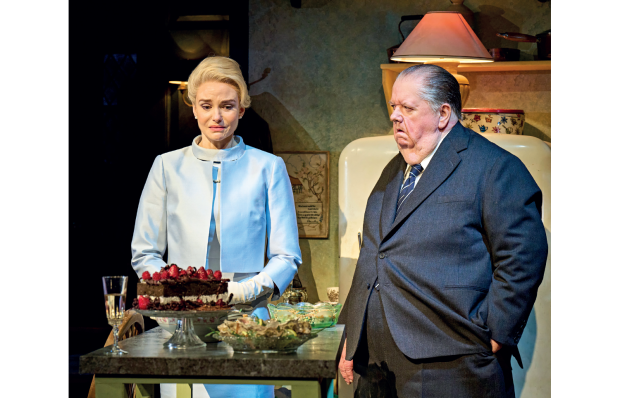
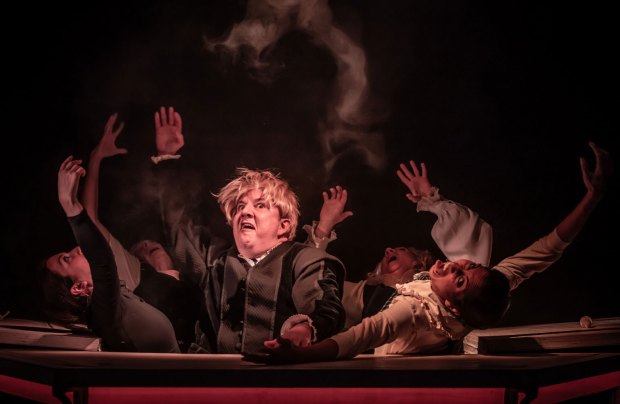
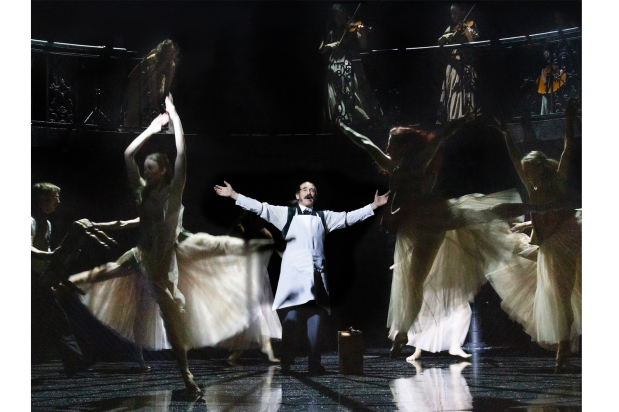

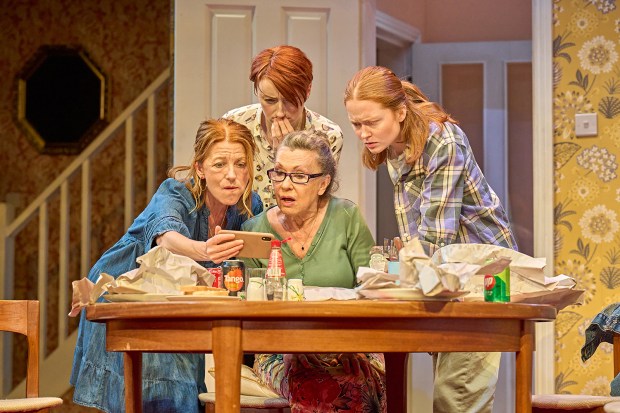






Comments
Don't miss out
Join the conversation with other Spectator Australia readers. Subscribe to leave a comment.
SUBSCRIBEAlready a subscriber? Log in